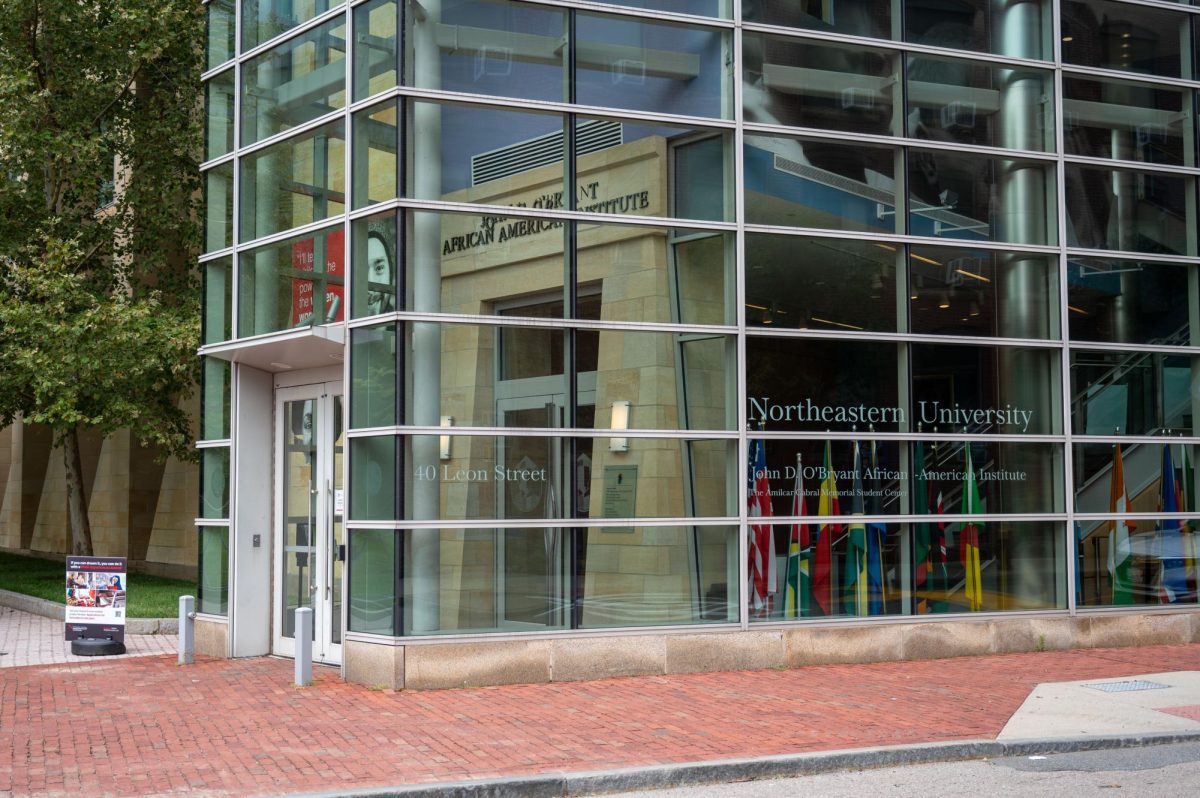Northeastern University implemented mandatory racial and cultural literacy training for students, faculty and staff in 2021. The purpose of this training was to “better equip our community to combat racism and other systemic inequities,” said Provost David Madigan in a November 2021 email to the Northeastern community announcing the training. This is an issue worth addressing, especially when looking at Northeastern’s student and faculty diversity.
Due to its apparent lack of engagement and connection, the racial and cultural literacy training is virtue signaling, as well as a misuse of the university’s financial resources. Virtue signaling is the “conspicuous communication of moral values and good deeds.” Perhaps the easiest observable form of virtue signaling today is “slacktivism,” the act of speaking out about issues on social media without doing anything to support those causes. An example would be posting about the war in Ukraine on Instagram, but not donating, volunteering or doing anything tangible to support the cause. Along with slacktivism, there are at least 11 other forms of virtue signaling that present themselves in everyday life.
I remember completing the racial and cultural literacy training at the beginning of the semester and thinking it was a waste of time. It felt like a chore, and most of the content was extremely self-explanatory. As it turns out, I was not alone, as a Reddit poll in the r/NEU Northeastern subreddit last year found that approximately 89% of 700+ voters thought that the training was “unnecessary/virtue signaling.”
While we must consider the reliability of the source, it is still extremely telling that Northeastern’s own students find their institution’s “anti-racist” efforts to be virtue signaling. Northeastern partnered with Academic Impressions for this training, giving faculty, staff and students access to various resources from their database. According to the Academic Impressions’ website, a 100 user membership would cost $22,500. To put the potential cost into perspective; the collective student and faculty population at Northeastern in the fall of 2022 was roughly 30,000. While we don’t know exactly how much the university paid for the training, it is safe to assume it was not cheap.
It is reassuring to see that Northeastern is willing to dedicate these funds to diversity, equity and inclusion, or DEI, initiatives, but the question is whether this training is the best use of these funds. The impact of this particular training is largely up to how engaged the individual is. Some may try and learn from the training, but there are students who will skip through, trying to finish as soon as possible. The problem with non-interactive online training is that there is no sense of community or discussion. Simply putting the information out there isn’t enough; there must be structure, practice and discussions to reinforce the learnings.
This training could also be a way for the university to deflect accountability in the event of an incident involving racial discrimination or bias. In this case, the university would be able to claim they did their part in educating students, and the offending party acted on their own accord.
If Northeastern is willing to allocate resources to this kind of training, they should at least open the floor to the Northeastern community to have a say in how the money could be best spent.
Possible alternatives include implementing week-long DEI presentations in all classes, providing additional funding to the John D. O’Bryant African American Institute, promoting university DEI programs, expanding mentoring and tutoring for students of color, and establishing talent pipelines and scholarships for historically marginalized populations. These are some of my ideas, but the Northeastern community deserves to decide where the funds would be best utilized.
There are also many successful examples of DEI initiatives that the university could attempt to replicate. Amazon’s diversity pledge says, “diversity and inclusion are good for business—and more fundamentally—simply right.” A pledge such as this demonstrates dedication to fostering an inclusive environment and provides a guiding framework for Amazon’s future actions and decisions.While obviously not a university, Amazon’s approach could be beneficial to Northeastern leadership. For example, not only is diversity and inclusion the right thing to do, but it is sure to attract top students while fostering the growth of the current ones.
It is evident the money used on racial and cultural literacy training could be spent elsewhere. There is no shortcut to achieving DEI goals, which is why virtue signaling will never have a true, lasting impact. Northeastern students, faculty and staff have a responsibility to inform Northeastern leadership about their dissatisfaction with the current DEI training and demand to be part of the conversation about how to move forward to create a community where every member feels like they belong.
Alejandro McClain is a second-year business administration and data science combined major. He can be reached at mcclain.al@northeastern.edu.










